
We did indeed find barramundi there. We also found Elvis, Elvis, Elvis and Elvis.
After inspecting the Leichardt Falls, or rather the rocky terrain where the falls usually tumble, we headed for the bakery and information. The bakery has a speciality – barramundi-shaped biscuits. Barb bought some for dessert so our American friends could go home saying they ate some of the fabled fish.
Burketown has a few good things going for it. Showers at the rodeo grounds are free and so is the camping on the banks of the Albert River. The town is also blessed with a good supply of fresh water, which means lawns and parks are dazzling green after weeks of brown grass and red dust offset with grey.
What more could Grey Nomads want? Fish, perhaps. And a pub would be handy.
The Burketown pub burnt down and was supposed to be rebuilt by last Christmas. We watched a pool table being taken into the construction site opposite the bakery and learned that the pub would open in two weeks. They’ve been saying that in Burketown for almost a year now.
We camped a couple of nights on the river bank and met up with neighbour Dave, a Vietnam vet like Ed and Tony. Dave and his wife Eileen are Grey Nomads from Victoria who spend about five months of the year roaming in northern parts. They know everywhere you can camp free or cheaply.
They started off their nomadic life in a camper trailer. The first trip lasted 36 hours. Setting up and packing up compounded with some weight problems presented challenges. They eventually chucked the camper trailer and bought a van.
They had been on the Albert River catching catfish for about three weeks. Their friends had headed off that day but Dave and Eileen had had their voting papers sent to Burketown so they would have to wait a couple of weeks.
Election? We looked at each other. We had heard on the Cape York grapevine that an election had been called but rarely listened to the radio and saw a TV even more rarely. What glorious days of campaigning are we missing?
Dave and Eileen joined us for dinner before we packed up the next morning. We shot into town for showers before we headed off and found Elvis, Elvis, Elvis and Elvis between us and the rodeo grounds.
Their sticker-plastered, modified and bash-plated 1974 Fairlane 500 was one of 82 vehicles in the 2013 Variety Bash, also had Elvis painted on the boot and was on its fourth Variety Bash. The convoy had landed in Burketown for the night on its way to Broome accompanied by four paramedics and five mobile workshops.
Sporting their Elvis gear were Martin Hills, a communications tech whose VOIP employers sponsored the Fairlane’s fuel, Chris Behrendorff, a locksmith, Haydn van Lochem, a nurse, and David Hobbs, a chaplain.
Martin said the Fairlane, bought for $500, had raised $100,000 for charity on its Variety Bash runs. This year the event will raise more than a million dollars for kids. Some of the dough gets dished out as they go through towns – Burketown’s school benefited with 40 bike helmets and a couple of Ipads.
Elvis, Elvis, Elvis and Elvis faithfully dress in costumes of The King every morning of the rally and wear their outfits into the evenings. Then they take their wigs off and give their scalps a good scratch. Being Elvis is an itchy business.
PICTURE ABOVE: Elvis, Elvis, Elvis and Elvis hit Burketown with their Fairlane 500 on the way to Broome.
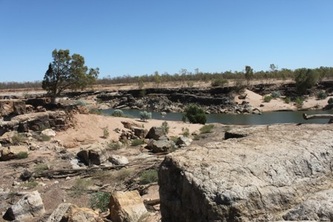
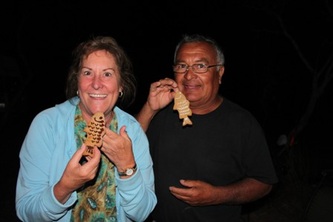
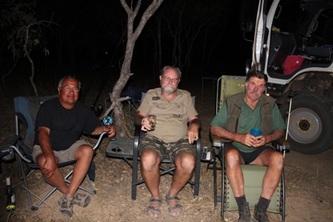
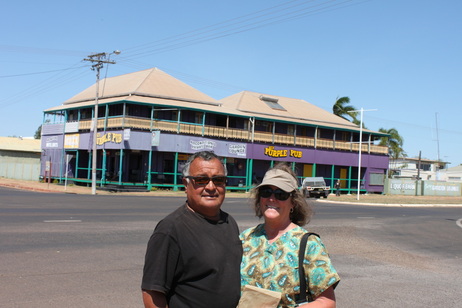
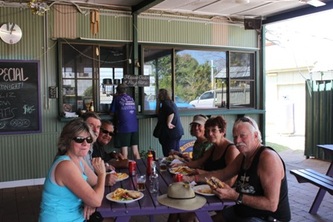
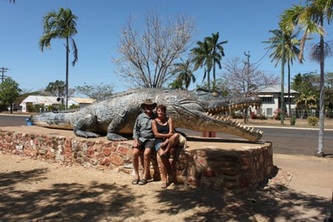
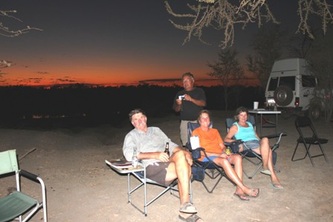
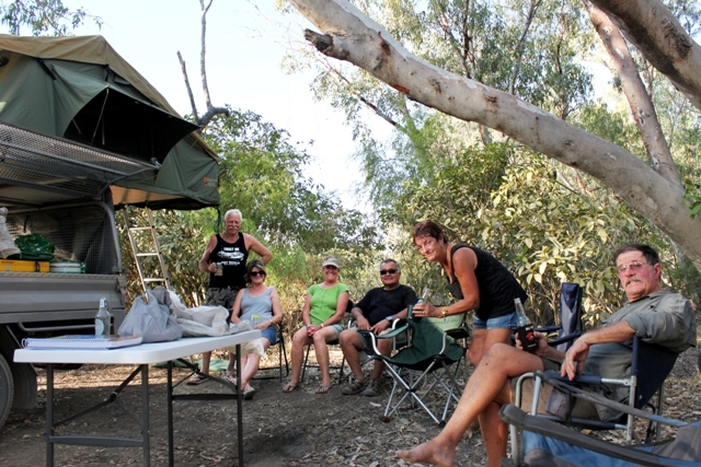
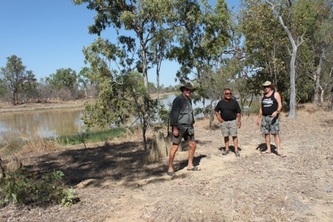
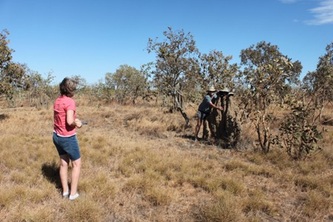
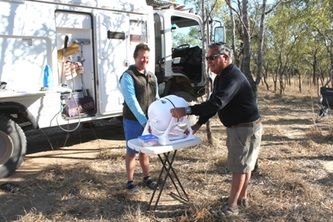
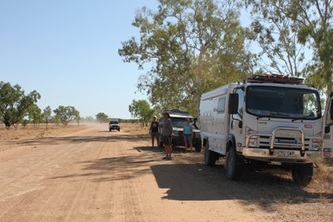

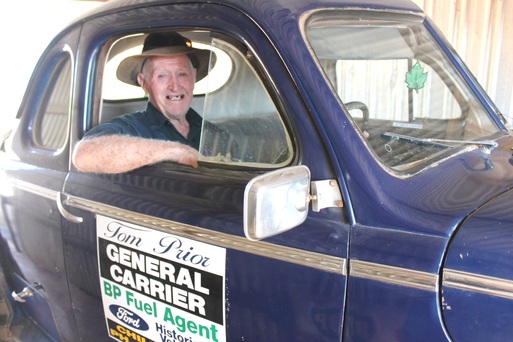
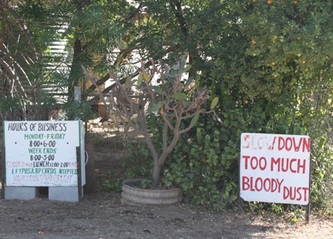
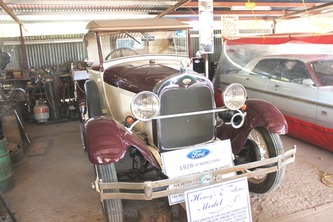
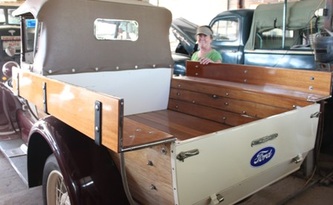
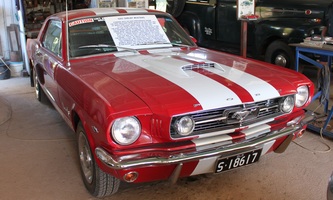
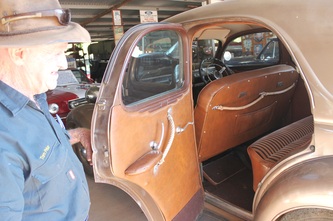
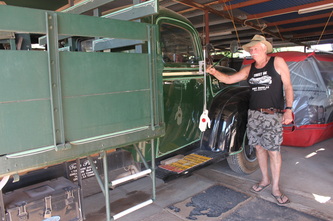
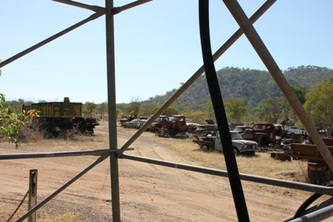
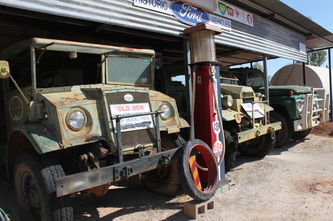
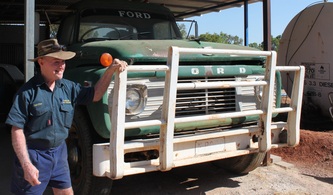
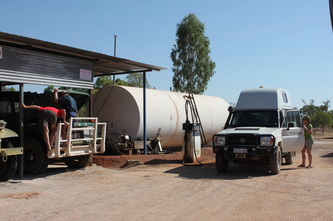
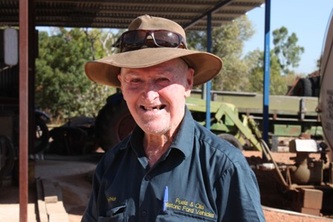
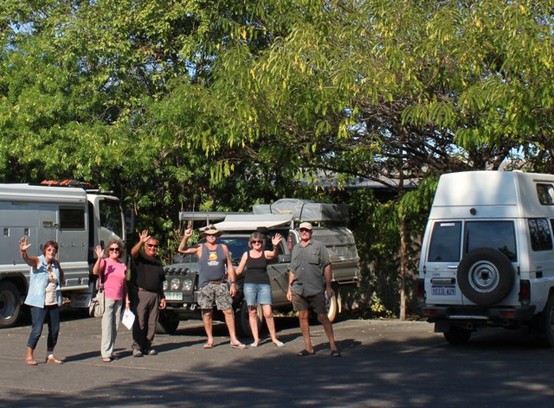

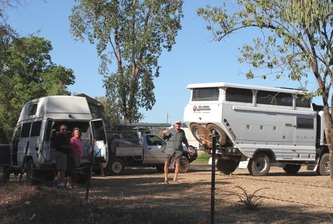
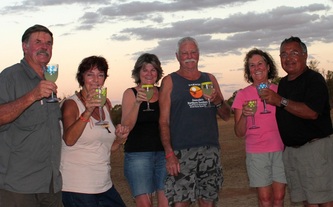
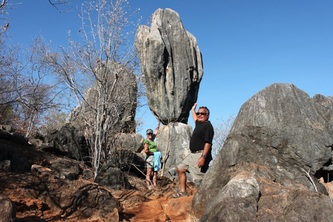
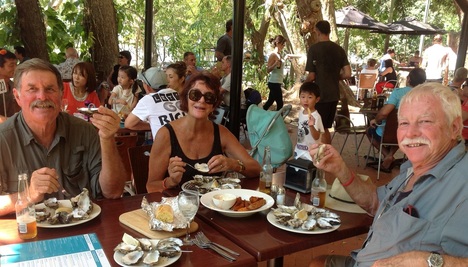
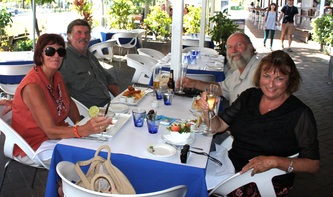
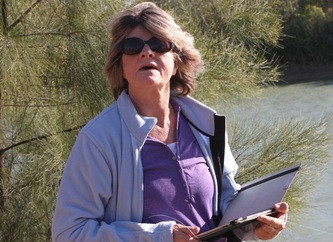
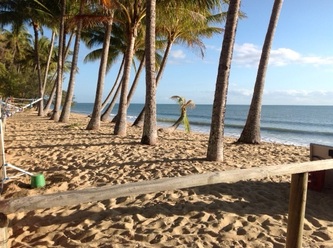
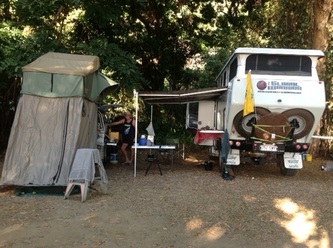
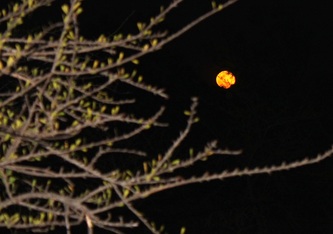
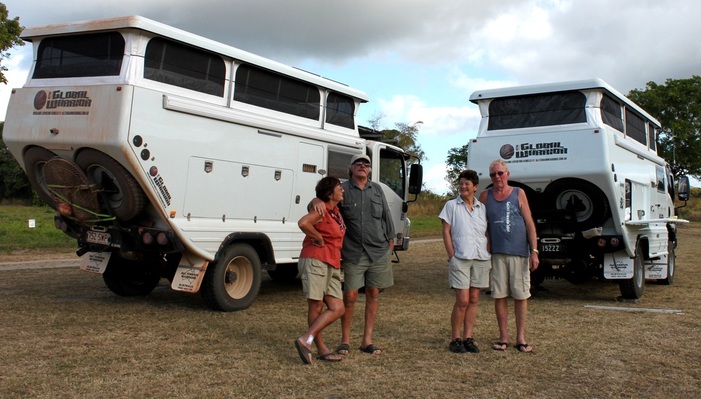
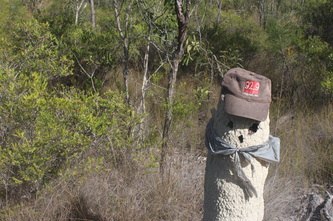
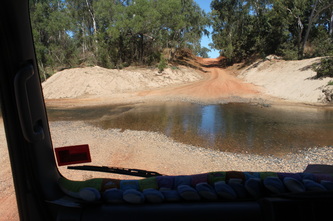
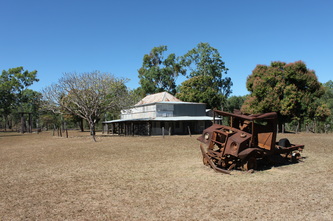

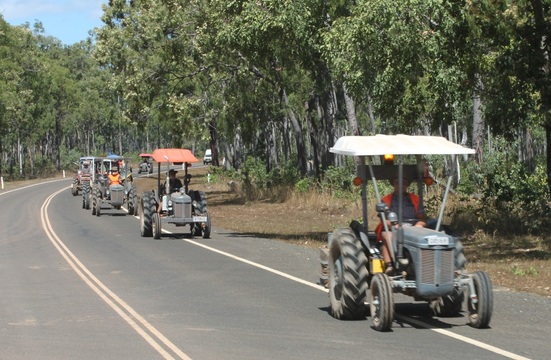
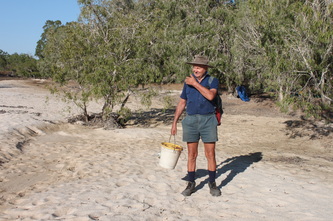

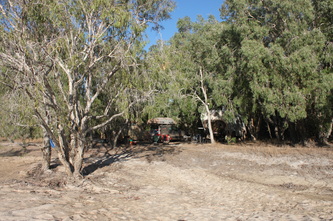
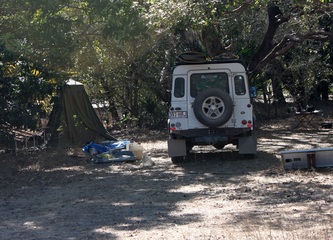
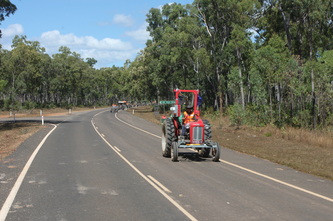
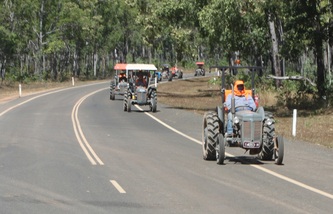
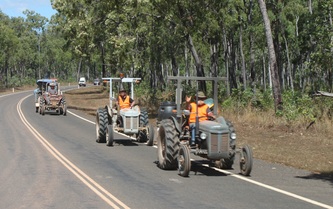
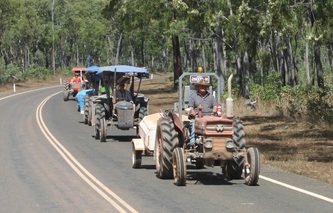
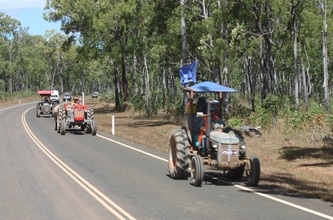
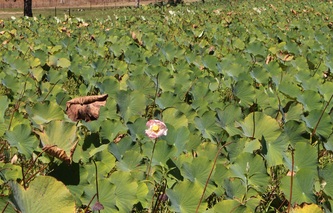
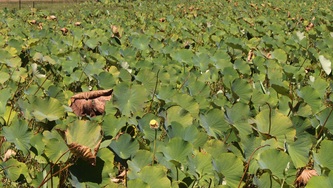
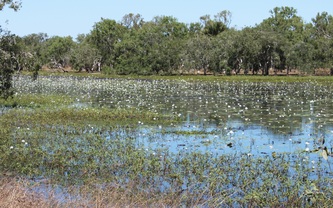
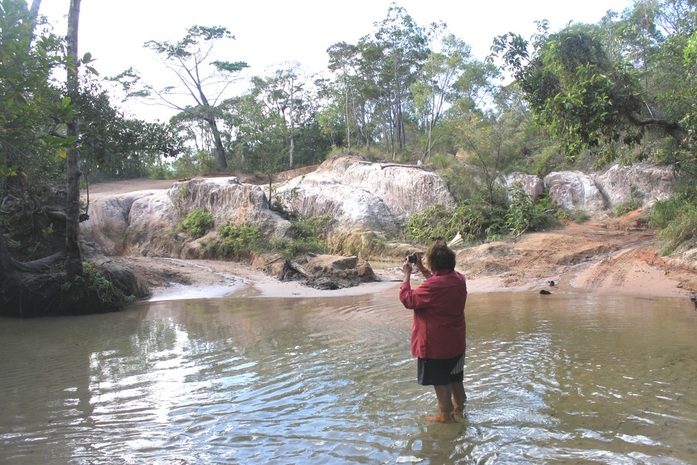
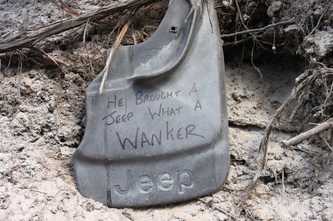
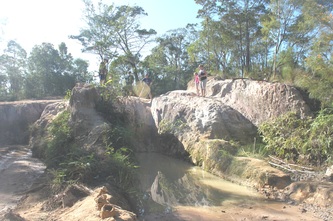

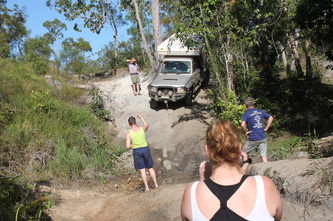
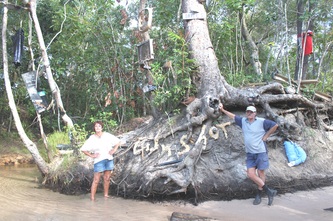
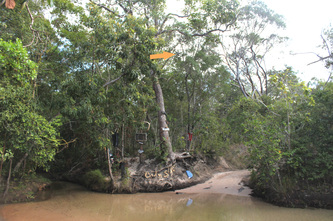
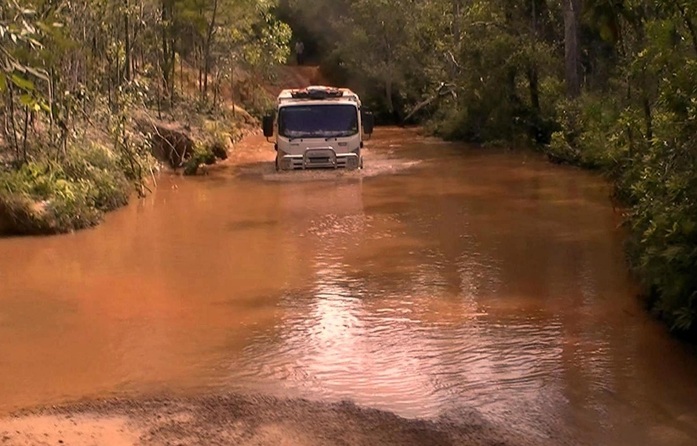
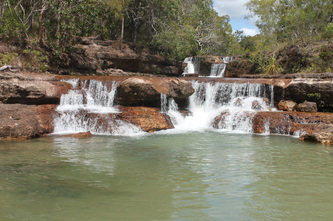
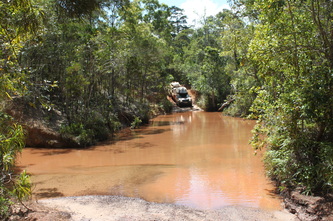
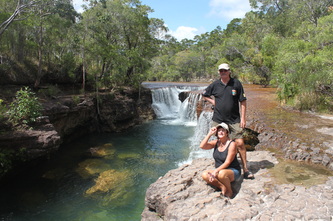
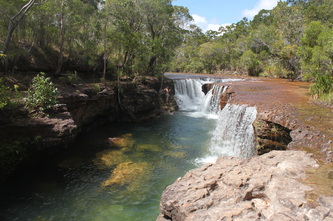
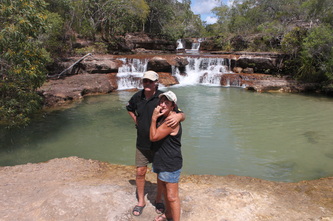
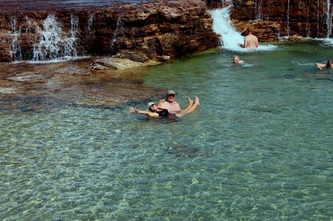

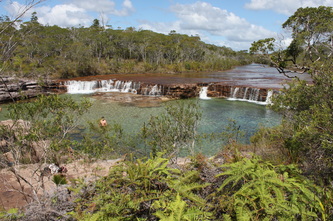
 RSS Feed
RSS Feed
